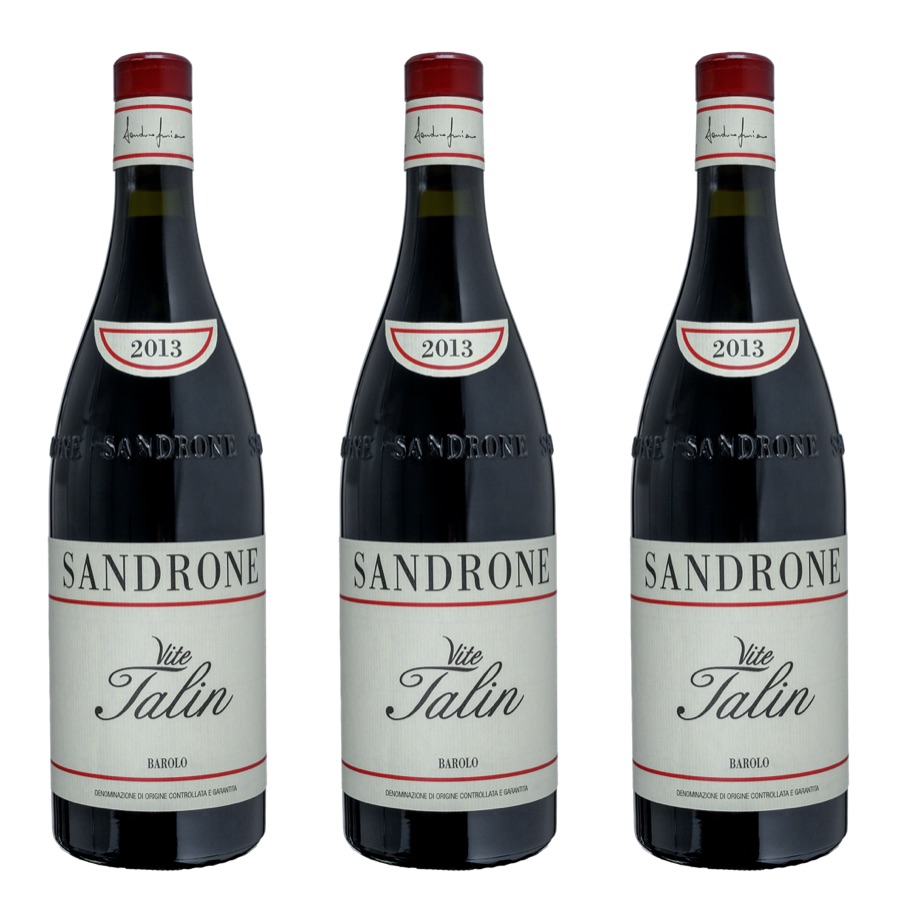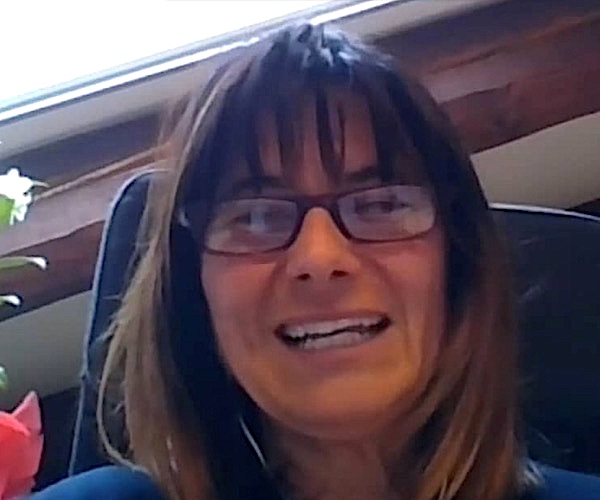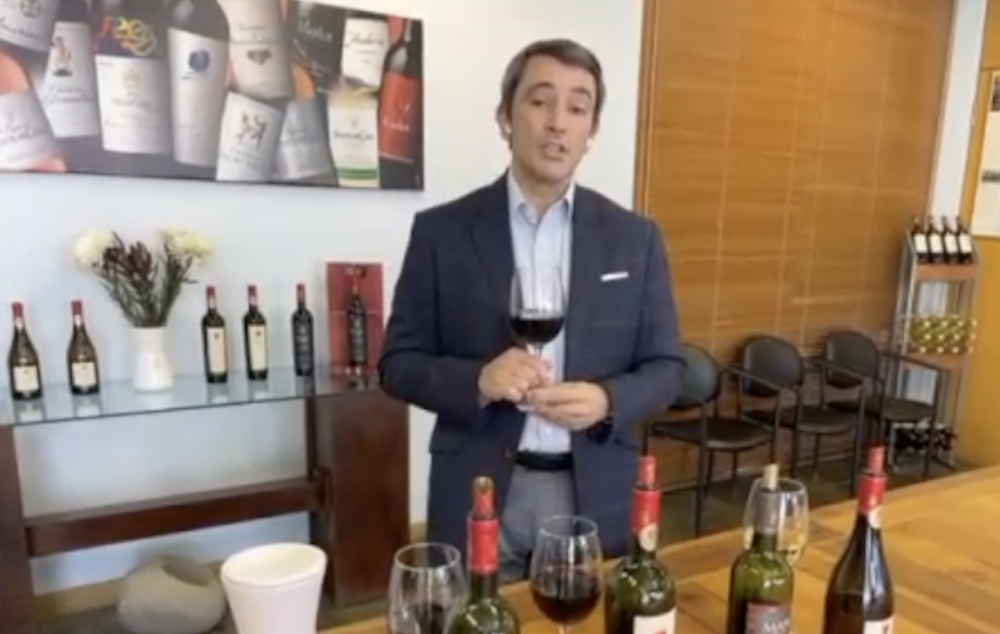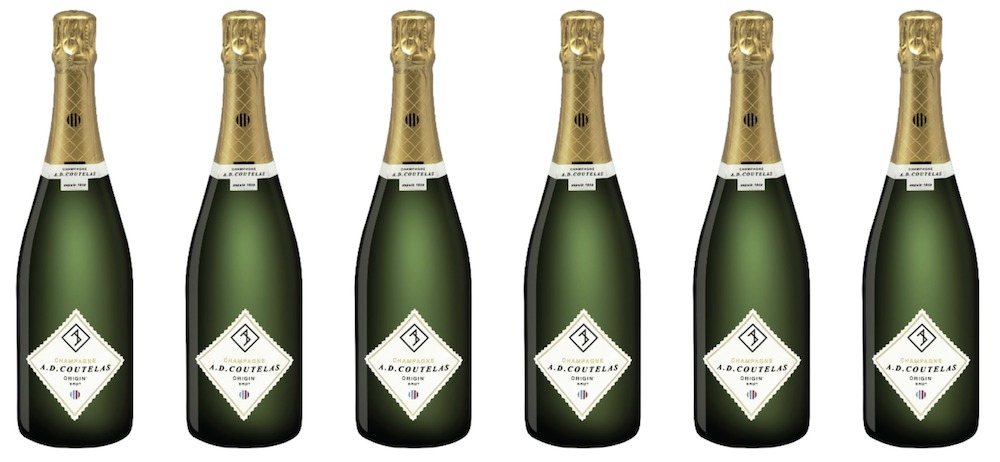Malcolm Jolley zooms with Barbara Sandrone about their new 33 year old Barolo…

Ruben Elmer from The Case For Wine importing agency contacted me the week before last asking if I would be interested in talking to Barbara Sandrone. Barbara’s family winery named for her father, Luciano Sandrone, had just released a ‘new’ wine and he thought there might be a story in it. There was a link in his email to the Sandrone website and the page for the new wine, Vite Talin, and sure enough there was definitely a story behind this wine. First of all, it was hardly new: the vintage of the first release is 2013. It’s a Barolo, so it’s not unusual for prestige houses in the Langhe, like Sandrone ,to delay the release of their cru, or even ‘regular’, Barolo after the mandated four years since harvest. But the story behind this wine turned out to be much older than its vintage, while at the same time it was truly something new.
Talin, it turned out, was an older gentleman who began to lease a vineyard near the town of Barolo to Luciano Sadrone in 1987 as he was founding his own wine label. Luciano noticed one plant on the parcel whose fruit was different from the other Nebbiolo vines. There weren’t as many grapes in the clusters and they were markedly smaller than the usual Nebbiolo. A very short version of the longer story, which Barbara Sandrone generously shares with us in the video below, is that the vine piqued Luciano’s curiosity and he decided first to isolate those grapes and make wine with just them, and then filed graph cuttings from that vine to propagate in another vineyard. He suspected they were some kind of mutation (it turned out to be a virus), but that it was still Nebbiolo and not another variety of grape. In the 1990’s, though, DNA testing wasn’t an option, and then Luciano and the Sandrone family became busy with other things. The small amount of wine the Sandrone family made from the Vite Talin parcel became their family wine to be enjoyed privately or shared with friends… until the beginning of the last decade. As Barbara told me on our Zoom call, she feels like Vite Talin is a kind of sibling, having grown up together with it, and they are all very proud to finally share it with the world.
Vimeo videos won’t embed into email versions of this post, please click here to see the video at GFR.
To find out more, watch a short film about Vite Talin at Sandrone’s Instagram account here. Or, check out the detailed history and timeline of the Vite Talin wine here, at the Sandrone website.
A very small allotment of Vite Talin has been made available for the Ontario market through The Case For Wine, sold individually by the bottle at $525. Sadly Ruben has not dropped off any sample bottle for me to taste (must be the COVID-19 crisis), but he did forward the tasting note below.
Sandrone’s 2013 Barolo Vite Talin is just as fabulous from bottle as it was from cask. Rich, unctuous and deeply layered in the glass, the 2013 possesses tremendous density and voluptuousness. Today, it is a bit closed down following its bottling about six months before this tasting. One of the things I admire most about the 2013 is the juxtaposition of translucence and power, which, at its essence, is what great Barolo is all about. The Vite Talin (previously reviewed here as a Riserva) is new to the range. The Vite Talin emerges from a parcel within the Rivassi cru known as Talin with heavily virused vines that produce a minuscule crop. For many years I have tasted the Talin Barolo from cask as one of the potential candidates for Le Vigne. During all of that time, Sandrone ultimately decided to sell the entirety of the production off in bulk. Until 2013, when the Sandrones decided to bottle the wine on its own, with an old-school label that celebrates the Sandrone family’s history prior to the founding of the Luciano Sandrone winery. – Antonio Galloni, Vinous.
Full disclosure: The Case For Wine supports Good Food Revolution as a Good Food Fighter. Please buy lots of wine from them and keep us ad free.







